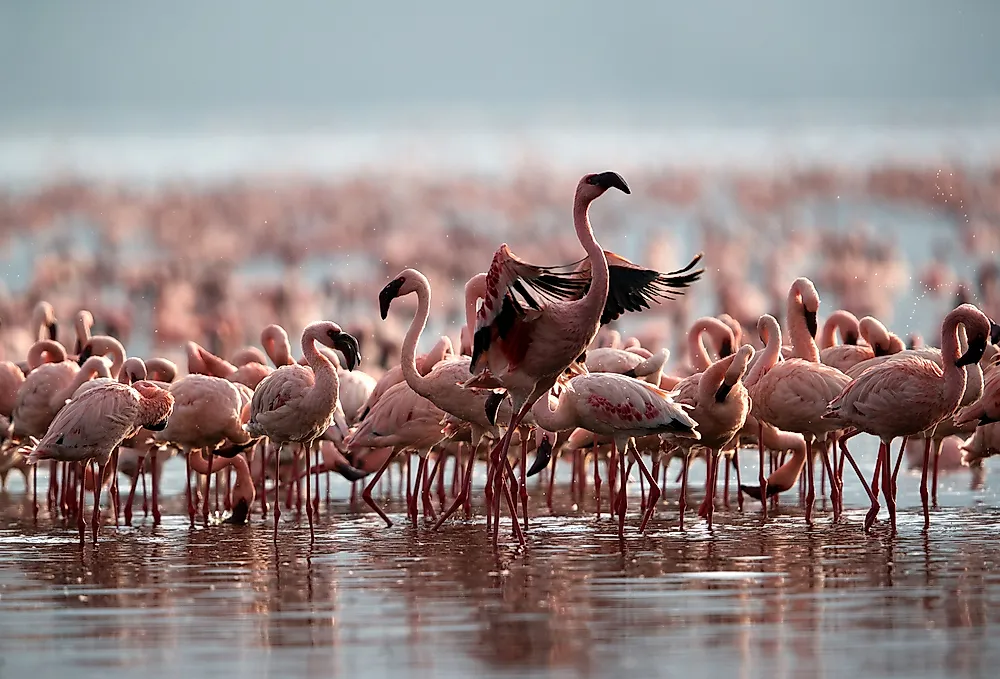What is a Heterotroph?

Heterotrophs are organisms that ingest organic carbon from other sources to produce energy and maintain their own life. Heterotrophs are not able to produce their own food through photosynthesis and therefore wholly depend on autotrophs for food supply. Heterotrophs include herbivores, omnivores, and carnivores that consume plants and algae to keep them alive.
About 95 percent of all living organisms are heterotrophs. This includes humans who must obtain food from plants or animals that are autotrophs. Autotrophs are organisms that manufacture their own food including plants through a process known as photosynthesis. Some species of fungi and bacteria are classified as heterotrophs. Herbivores are the primary consumers of autotrophs because they obtain food and nutrients directly from plants. As a result, herbivores are second in the food chain level while carnivores and omnivores occupy the top of food chain.
Origin of the Term ‘Heterotroph’
The term ‘heterotroph’ was first used in microbiology in 1946 to classify organisms based on their nutrition. This term has now been adopted in many fields including ecology. It is used to describe the various levels of the food chain and the interdependence levels.
Main Types of Heterotrophs
Heterotrophs use the nutrients obtained from consuming reduced carbon compounds for growth and reproduction. They use all the acquired nutrients for sustenance, unlike autotrophs which use part of energy obtained for carbon fixation. Heterotrophs depend on the metabolic processes of other organisms for survival since they must obtain all the necessary nutrients such as phosphorous, nitrogen and sulfur. If the organisms that they consume lack these nutrients, they may die.
The three main types of heterotrophs are chemoheterotrophs, detritivores, and photoheterotrophs.
Chemoheterotrophs
Chemoheterotrophs obtain energy through oxidation of organic compounds that are pre-formed. In this way, they use chemical energy as their source. A good example of chemoheterotrophs includes humans and mushrooms.
Photoheterotrophs
Photoheterotrophs use light instead of carbon dioxide to obtain energy. They rely on various organic compounds such as fatty acids, carbohydrates, and non-sulfuric bacteria.
Detritivores
These are heterotrophs that obtain food by consuming decomposing animals and plants and feces. These include fungi which break down decomposing plant and animal material. The role of detritivores is important to the environment in that it helps recycle the dead plant and animal material. This then creates a healthy balance in the ecosystem by returning the nutrients.
Importance of Heterotrophs to the Ecosystem
Heterotrophs help in maintaining a balance in the ecosystem by providing organic compounds for autotrophs. Certain heterotrophs such as fungi help in reducing decomposed plant and animal material. This recycling activity is important in reducing waste in the environment.
Certain heliobacteria which depend on organic carbon sources are found in water-saturated soils. Here, they are anaerobic and help in increasing the fertility of the soils.
Most heterotrophs release carbon dioxide to the surrounding environment. Through gaseous exchange processes, plants use this by-product for the process of photosynthesis.











